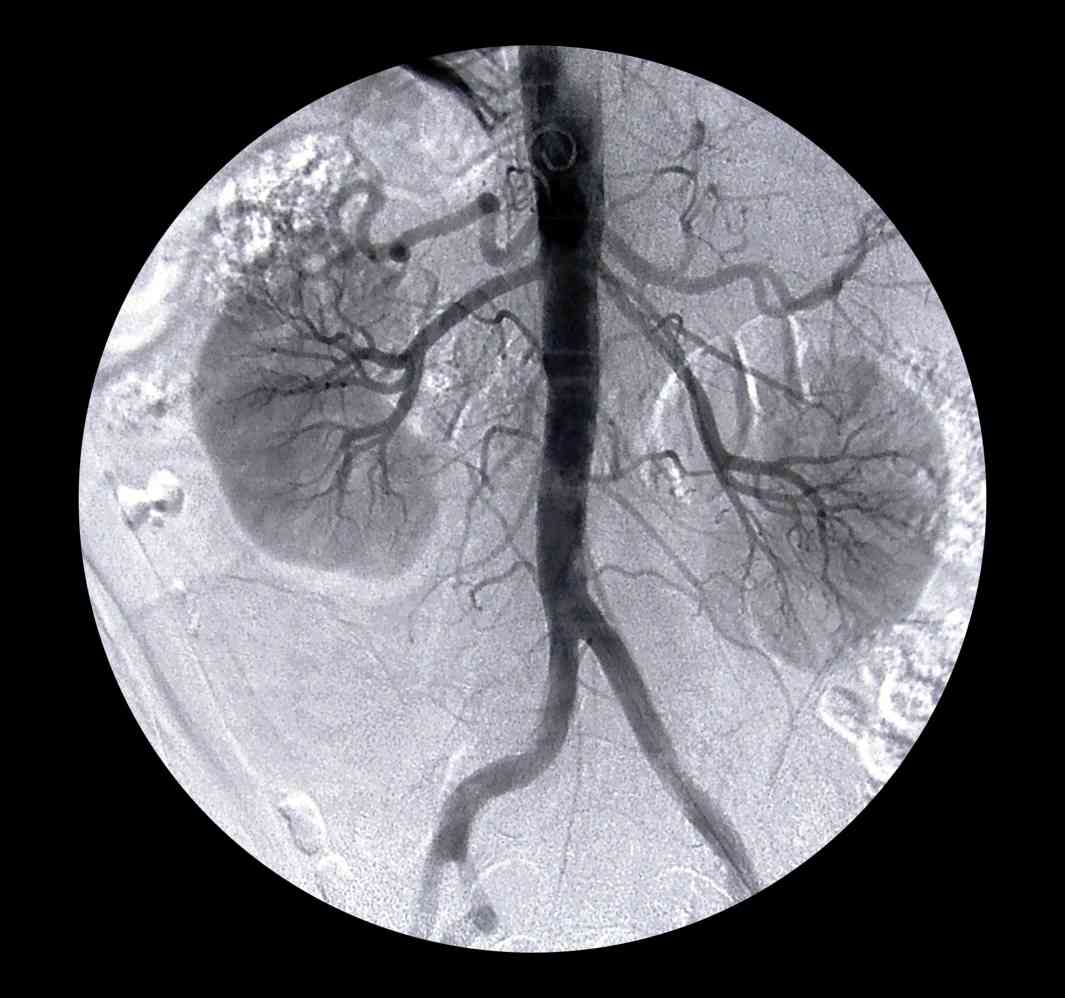One of the most well-known uses of medical sonography is fetal imaging, or using ultrasound to generate images of the fetus in utero. By creating visual images of the fetus, doctors can determine the sex of the baby and the presence of any birth defects, and can track its progress through development. Thus, many health practitioners recommend one or more ultrasound examinations during the pregnancy term.
- The first exam is done during the first trimester of pregnancy, in order to confirm a pregnancy and place the date of conception.
- The second exam may be done between the 17th and 19th weeks of pregnancy, when it is possible to determine the babys sex and see any developmental abnormalities. This is called an anatomy scan.
- A third ultrasound may be conducted during the third trimester in order to further assess the fetuss development, health, size and position, giving the mother an idea of what to expect during the birth.

Abdominal Ultrasound
In a prenatal ultrasound scan, also called a sonogram, abdominal scans are carried out by a sonographer or physician, using a sophisticated ultrasound imaging system and a handheld device called a transducer. The exam can last anywhere from 30 to 50 minutes, and is painless and non-invasive. During the procedure, the patient lies back while the doctor spreads a warm, clear, conductive gel over the abdomen and gently moves the transducer across the skin over the area to be scanned.
During the exam, the transducer casts a beam of high-frequency sound into the patients abdomen, translating the reflected echoes into a black and white, 2-D image of the fetus inside the uterus. The image can be seen on a monitor, and may be a still photo or a moving video, depending on the sonographers settings. If the physician is using 3-D or 4-D ultrasound technology, the image will be colorized and much more detailed. In either case, the ultrasound itself is painless and considered harmless to both mother and fetus.
It is helpful to the doctor if the patients bladder is full during the examination, since a full bladder will provide a solid background for the babys image to show up against. Thus, the patient may be asked to drink water and refrain from urinating before the examination.

Another variation of the exam, used in the earlier stages of pregnancy when the fetus is very small, involves a wand-shaped transducer which is inserted vaginally. This method produces a clearer image, though it is not necessary later in pregnancy.
Seeing the Sonogram Results
The image and the results of an ultrasound scan are normally available right away, and the physician conducting the exam can usually assess the fetuss health then and there.
The accuracy of the results depends mostly on the skill of the doctor in interpreting the image, and somewhat on the position of the fetus. After the exam, the patient may be able to take home a print of the still image, or a videotape if so desired.